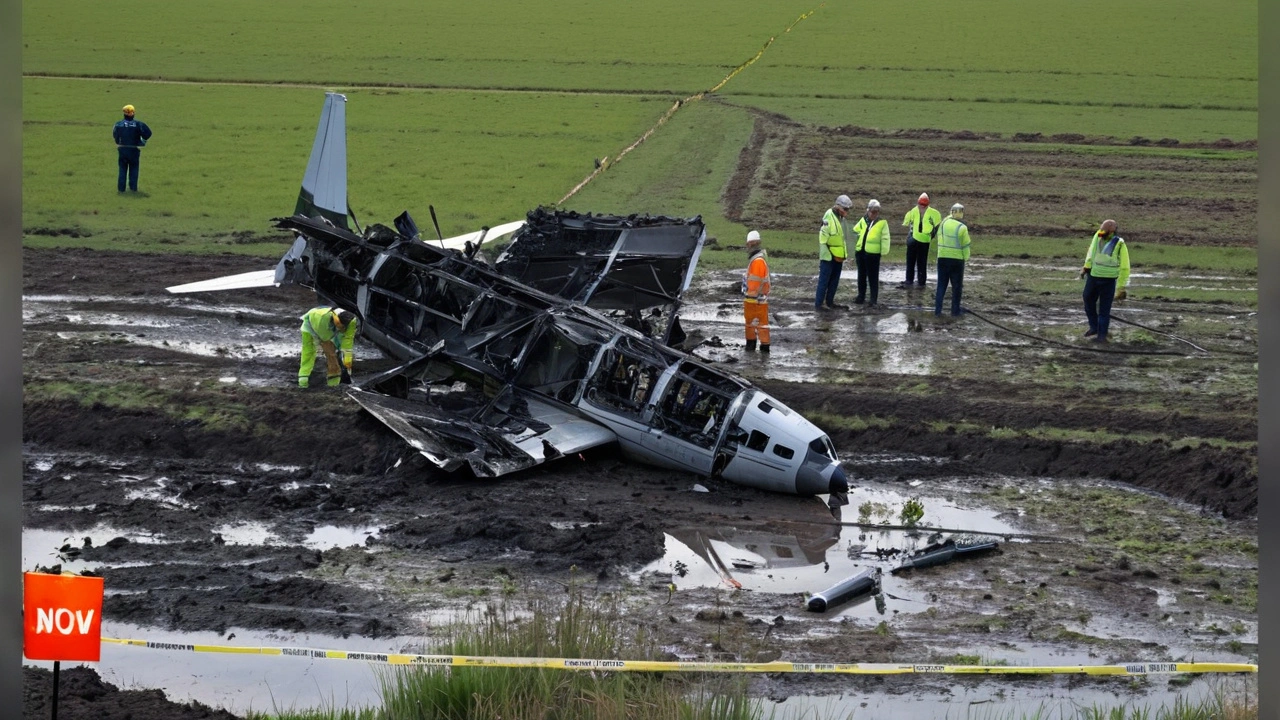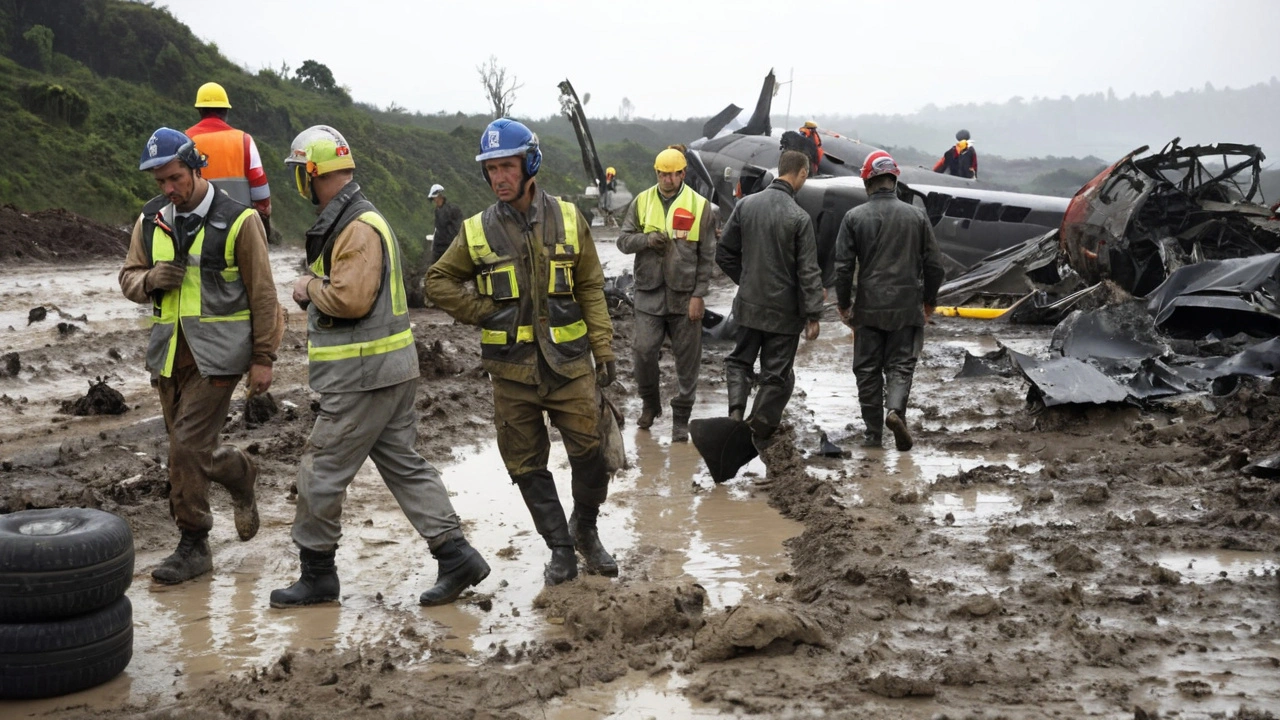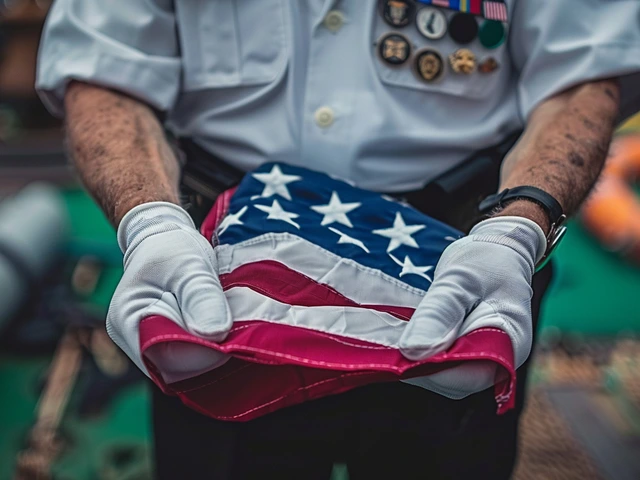
A Tragic Day at Tribhuvan International Airport
On a seemingly routine flight from Kathmandu to Pokhara, a Saurya Airlines aircraft met with a devastating fate on the runway of Tribhuvan International Airport. The craft, which was operated by an experienced aviation professional, Captain Manish Ratna Shakya, ultimately crashed during takeoff, resulting in the tragic loss of 18 lives. This incident has left a lasting mark on Nepal's already troubled aviation history.
The crash took place as the aircraft deviated from its intended flight path during takeoff. Instead of veering to the left, the plane unexpectedly turned to the right. This deviation led to the plane crashing, which resulted in the separation of the cockpit from the rest of the aircraft, miraculously lodging itself inside a shipping container. Within five minutes of the accident, emergency responders arrived on the scene and managed to rescue Captain Shakya from what could have been his steel tomb.
Captain Manish Ratna Shakya remains the sole survivor of this catastrophic event. At 35 years old, Shakya's life has been synonymous with the skies, having served Saurya Airlines diligently since December 2014. While his persistence and quick reflexes may have played a part in his survival, he did not escape unscathed. Shakya suffered multiple grievous injuries, including scarring on his brain and several fractures across his backbone. He was promptly transported to the nearest hospital, where he has been receiving the critical medical attention he needs to recover fully.
Nepal's Ongoing Aviation Safety Concerns
This tragic occurrence has once again put a glaring spotlight on aviation safety standards in Nepal. Investigations and scrutiny by global aviation bodies have often underscored the country's poor safety record. Since August 1955, Nepal has lost 914 lives to aviation-related accidents, a number that seems alarmingly high for a nation with relatively limited air traffic.
Several factors contribute to Nepal's ongoing aviation challenges. The country's diverse and harsh terrain, coupled with rapidly changing weather conditions, render flying particularly challenging. Pilots often have to navigate narrow valleys and unpredictable weather, making each flight a high-stakes operation. Unfortunately, these factors mean that any lapse in judgment or unexpected technical difficulty can have catastrophic consequences.
Captain Manish Ratna Shakya: A Tale of Resilience
Despite the grim reality of this tragic incident, the story of Captain Shakya's survival shines as a beacon of resilience and hope. Many who know him speak of his unfaltering dedication and love for flying. He has been a consistent and trusted face in the cockpit since he joined Saurya Airlines. This crash, while it has taken a heavy toll on him physically and mentally, has only solidified the respect and admiration his colleagues and the broader community have for him.
As Shakya continues his recovery, the broader implications of this incident are hard to ignore. The voices of those calling for better safety mechanisms and more rigorous training procedures for pilots and crew grow louder. Families and friends of those lost seek solace in strengthening the systems that they hope will prevent future tragedies. The airline industry, both in Nepal and globally, watches closely, recognizing the important lessons that such incidents impart.
Aviation Community's Response
In the wake of the crash, the international aviation community has shown an outpour of support and has renewed calls for improved safety measures. Several global organizations and agencies have offered their expertise, hoping to assist Nepal in upgrading its aviation infrastructure and implementing stricter safety protocols.
The Nepalese authorities are currently engaged in in-depth investigations to determine the exact causes of the crash. Early reports suggest the possibility of both human error and technical failure. The aim of these investigations is not just to find immediate answers, but also to implement long-term solutions that will enhance the safety and reliability of Nepal's aviation sector.
The Human Cost
As the details of the Saurya Airlines crash unfold, it is important to remember the profound human cost. The 18 lives lost represent not just numbers, but individuals with dreams, families, and futures. The survivors of those who perished continue to grapple with their grief, seeking answers and pursuing justice.
Meanwhile, Captain Manish Ratna Shakya's journey to recovery serves as a poignant reminder of the frailty of life and the unpredictability of what lies ahead. His physical scars may heal with time, but the emotional and psychological impact of surviving such a harrowing experience will likely linger.

Looking Ahead
As Nepal mourns this recent tragedy, steps need to be taken to prevent such disasters in the future. Lessons must be learned, and proactive measures should be adopted. From improved pilot training programs to upgrading aircraft maintenance protocols, every aspect of aviation safety needs to be meticulously examined and enhanced.
In the coming months and years, efforts to strengthen aviation safety in Nepal will have to be a collaborative endeavor, involving government agencies, international aviation authorities, and local airline operators. The goal must be to ensure that the skies above Nepal are safe for every passenger who boards a flight, and that tragic incidents like the Saurya Airlines crash become distant memories rather than recurring events.
In conclusion, while Captain Manish Ratna Shakya's survival story has given a glimmer of hope amidst the devastation, it also brings into focus the urgent need for systemic improvements in aviation safety. His story is a testament to human resilience and a call to action for all stakeholders in the aviation sector to work tirelessly towards safer skies.





